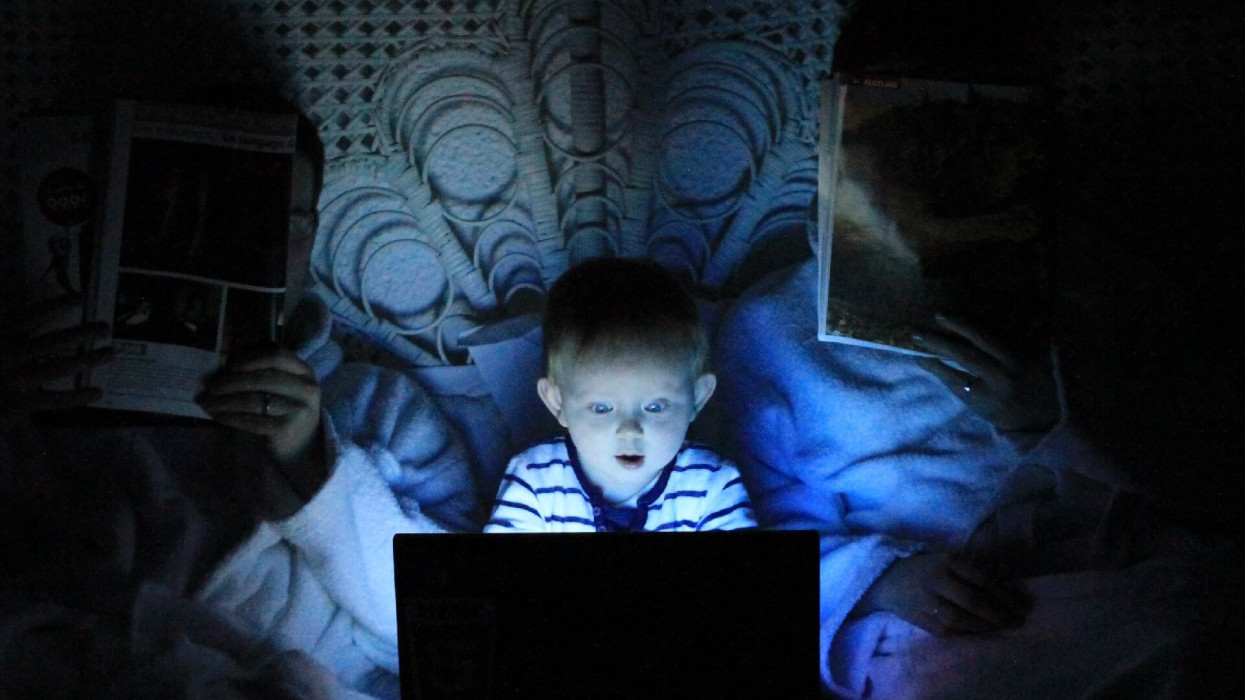Experience from my nearly 20 years of being involved in the conversation around child online safety has caused me to be skeptical when a parent says, “yes, I limit, monitor or control my child’s online activity”. A few delving questions asking how they achieve this and what tools they use typically causes them to stumble and answer with nothing meaningful; indeed, more often than not, it transpires that there’s no technology in place and that it’s more a desire than a reality.
The cynic in me leads me to the conclusion that many parents view their own children as doing nothing wrong – it’s other parents’ kids than have these issues, thus I don’t need to worry about what my kids do online. This attitude is, of course, expected, since we, proud parents, look at our own kids through rose-tinted glasses and are amazed at everything they do.
A recent report published by the Family Online Safety Institute (FOSI) explores the attitudes towards parental controls and how parents use them. The report headlines with an interesting trend showing that the attitude of parents differs depending on their age, with 57% of Baby Boomer parents believing that the “most responsibility” is with parents, compared to 43% of Generation X and just 30% of Millennial parents.
While this may be seen as a divide, my own view is that it reflects reality: parents of kids during the early years of the Internet did not have the benefits that many parents enjoy today. There was minimal understanding by educators and the plethora of organizations offering advice today just did not exist. The education system in many countries now supports curriculum topics, including privacy, security, anti-cyberbullying and in some cases even how to identify fake news. This may explain, in part, why today’s parents see safety online as a collaborative responsibility.
RELATED READING: A generation of connected kids
The landscape of security and privacy features on social media platforms has changed significantly since becoming popular in the noughties. Back in the day, privacy was a choice that you made a conscious decision about if chosen significant effort was spent locking down a profile. Today, many of the settings, but not all, default with privacy in mind and there are procedures and options to report unacceptable content and cyberbullying. Social media companies needed to make the changes to comply with government and user pressure.
As regulators around the world continue to pressure social media companies, parents may be stepping back from the perception of online safety being their sole responsibility. The benefit of the pressure coming from governments and regulators is that all kids benefit regardless of whether their parents are engaged in keeping them safe online or not.
Another interesting takeaway from the report is that teens view the content taught in schools to address digital safety as outdated and less effective than parental conversations. As parents we benefit from the ability to talk about what matters today, whereas teachers are required to abide by the topics set out in a curriculum that typically goes through approval processes and agreement within the education system, by which time it probably is outdated. There is no quick win to this as technology and the fashion of which app is currently cool changes quickly and it’s probably fairer to view the education system as setting out the principles of online safety as opposed to real-world usage.
The survey says that the number one feature in digital parenting tools is the ability to block mature content, with over half of all the respondents seeing this as essential (mature content was defined as R- or X-rated movies, TV-MA rated television and adult websites and sexual content). In second place are privacy settings, especially for parents of teenagers.
RELATED READING: 5 things you can monitor with your parental control tool
The survey also found that most parents (71%) stated that they are “not satisfied” with the tools they have used to keep kids safe online. The survey states that parents of kids in the 7-11 age bracket are the most likely to use digital tools to keep their kids safe online and for the same age group there is concern around age-appropriate video content. There is an overwhelming desire by parents to have a one-stop shop and resource to provide parental controls, which is fully understandable given the many types of devices and the complexity of services that kids may be using.
In my view, the task of keeping kids safe online is, and always has been, a collaborative task shared by all the people who have influence, be it family, friends or teachers. With important lessons, including the responsibility of conducting online behavior in an acceptable manner and guidance on safety and security, these are a continuance of the expectations that we, as parents, have in the physical world. And as a parent, it’s important to be a trusted and open source of guidance for our kids.
To learn more about risks faced by children online, as well as about how technology can help, head over to Safer Kids Online.





